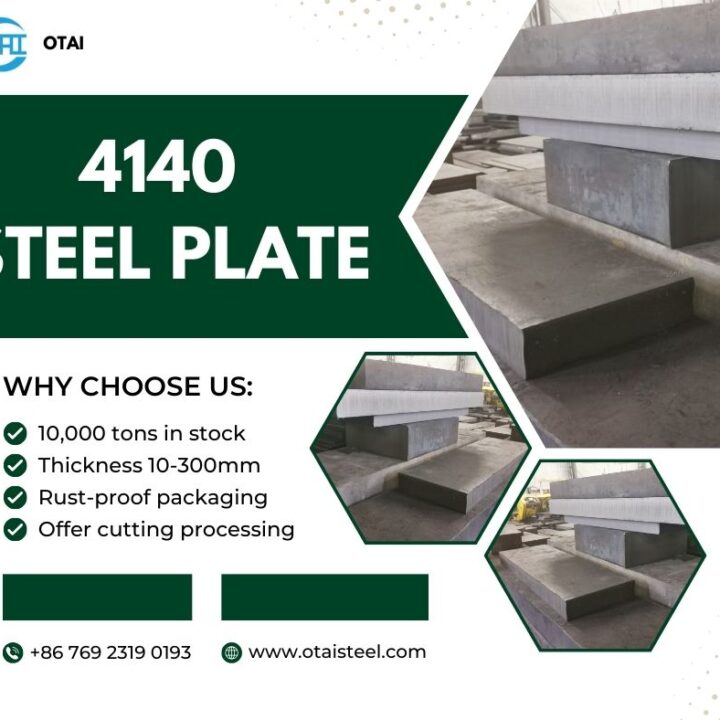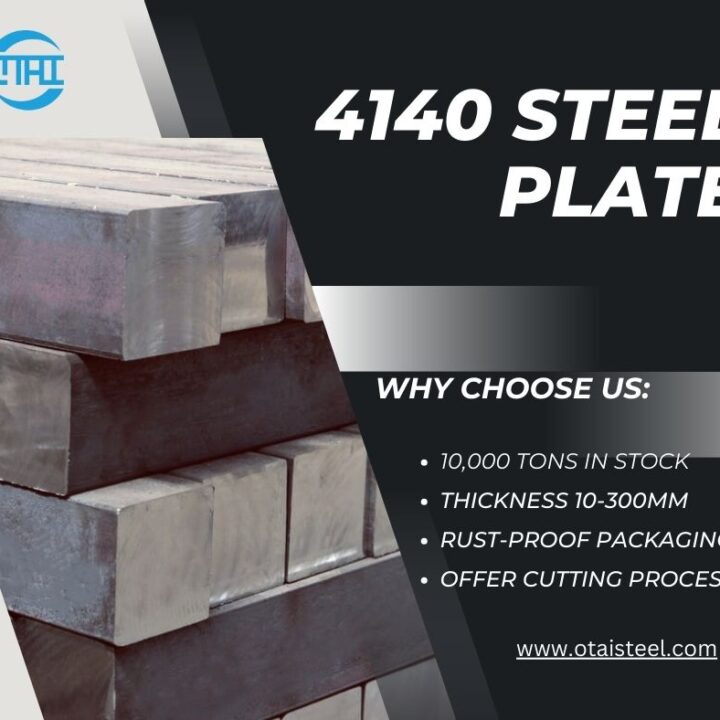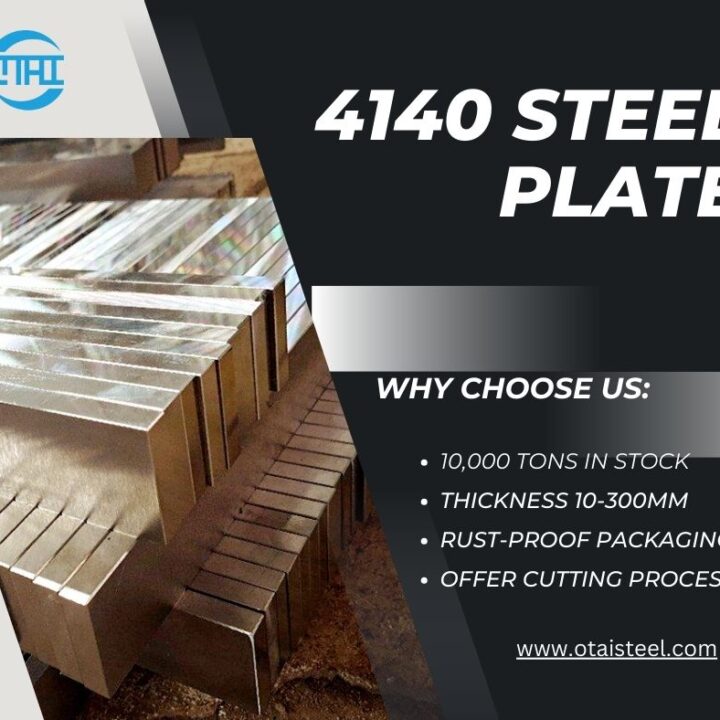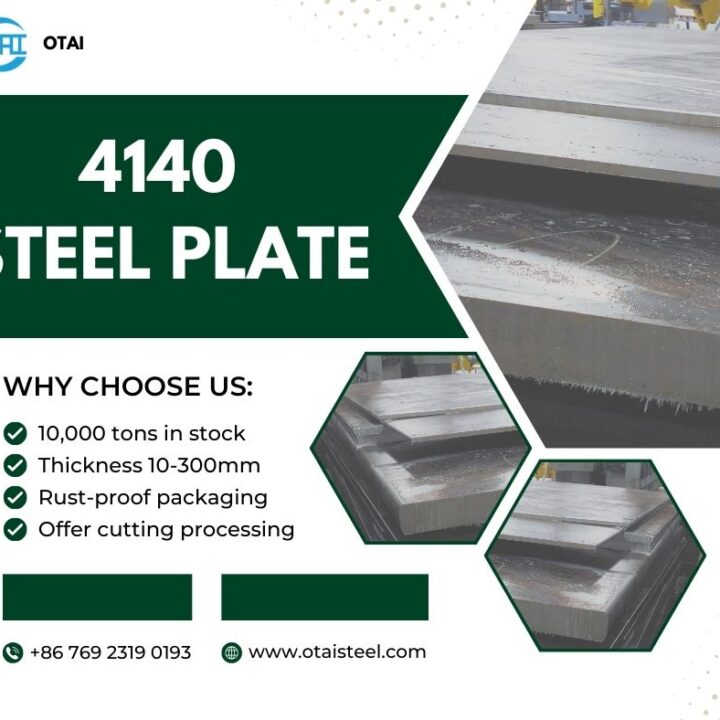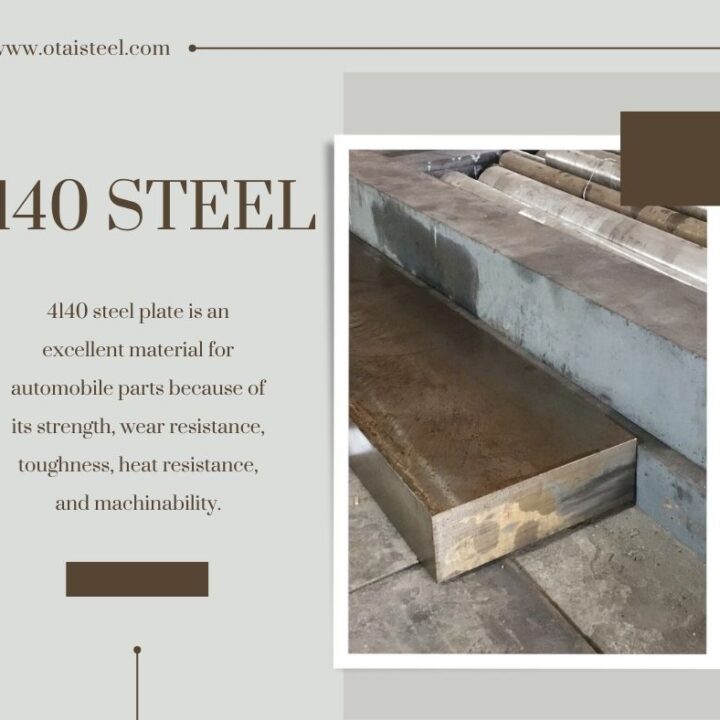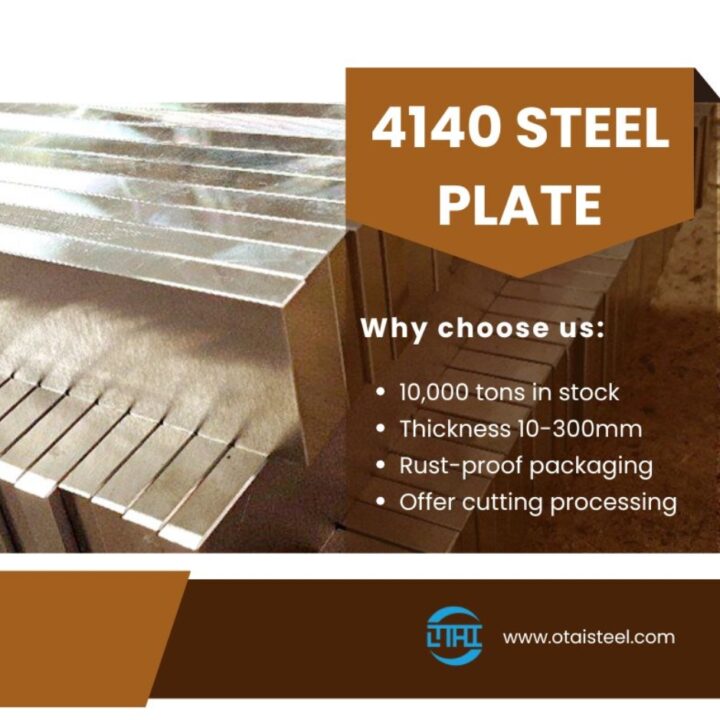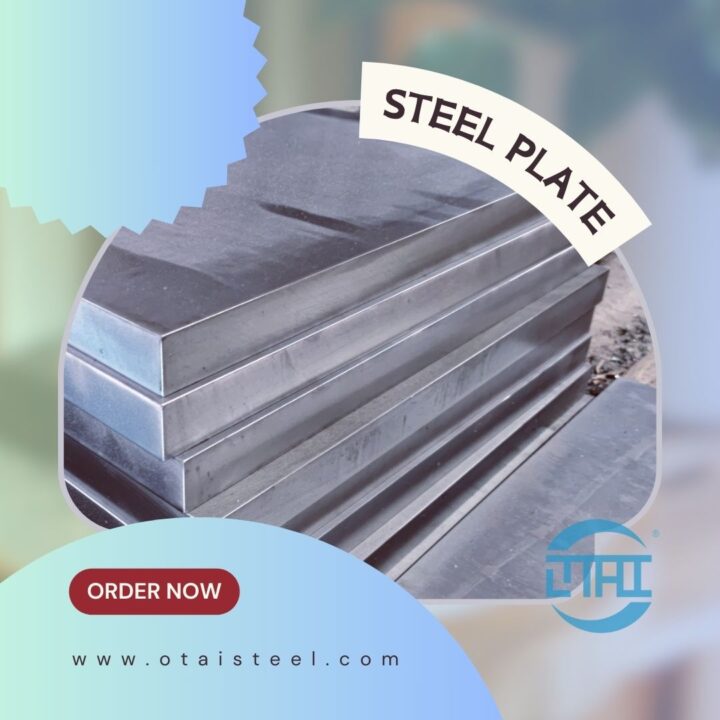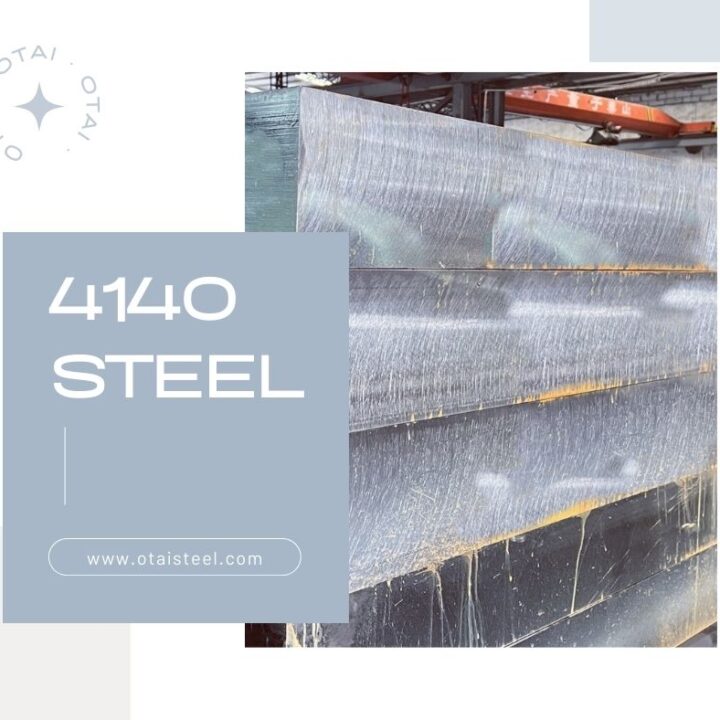Our H13 STEEL -chapter 4
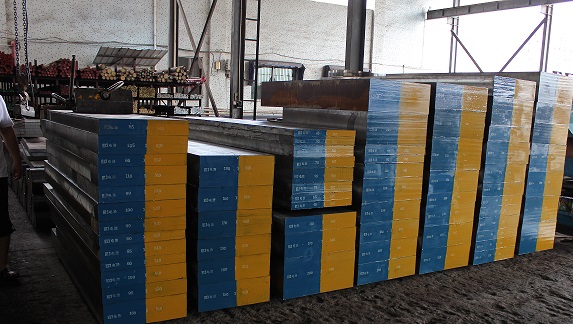
As we all know, increasing the carbon content in steel will increase the strength of the steel. For hot work die steel, it will increase the high temperature strength, hot hardness and wear resistance, but it will lead to a reduction in its toughness. Scholars in the tool steel product manual literature compared the performance of various types of H-shaped steel clearly proved this view. It is generally believed that the carbon content limit that leads to a decrease in the plasticity and toughness of steel is 0.4%. For this reason, people are required to follow the following principles in the design of steel alloying: to keep the carbon content of the steel as low as possible while maintaining the strength. Some data have been proposed: when the tensile strength of the steel is above 1550 MPa, the C content is 0.3. % -0.4% is appropriate. The strength Rm of H13 steel is described in the literature as 1503.1 MPa (at 46 HRC) and 1937.5 MPa (at 51 HRC).
The C content in TQ-1, Dievar, ADC3 and other steels recommended by consulting FORD and GM company data are 0.39% and 0.38%. The corresponding toughness indicators are listed in Table 1. The reasons can be seen from this observation.
For hot work die steels that require higher strength, the method used is to increase the Mo content or increase the carbon content based on the composition of H13 steel, which will be discussed later. Of course, a slight reduction in toughness and plasticity is possible. Expected.
2.2 Chromium: Chromium is the most common and inexpensive alloying element in alloy tool steel. The Cr content in the H-type hot work die steel in the United States ranges from 2% to 12%. Among the 37 grades of alloy tool steel (GB / T1299) in China, Cr is included in all steels except 8CrSi and 9Mn2V. Chromium has a beneficial effect on the wear resistance, high temperature strength, hot hardness, toughness and hardenability of steel. At the same time, it will significantly improve the corrosion resistance of steel when dissolved in the matrix. Cr and H13 in H13 steel Si makes the oxide film dense to improve the oxidation resistance of the steel. Furthermore, the effect of Cr on the tempering performance of 0.3C-1Mn steel is analyzed. The addition of ﹤ 6% Cr is beneficial to improve the tempering resistance of the steel, but it does not constitute secondary hardening. When the steel containing Cr ﹥ 6% is quenched, After tempering at 550 ° C, a secondary hardening effect will occur. People generally choose 5% chromium for hot work steel die steel.
